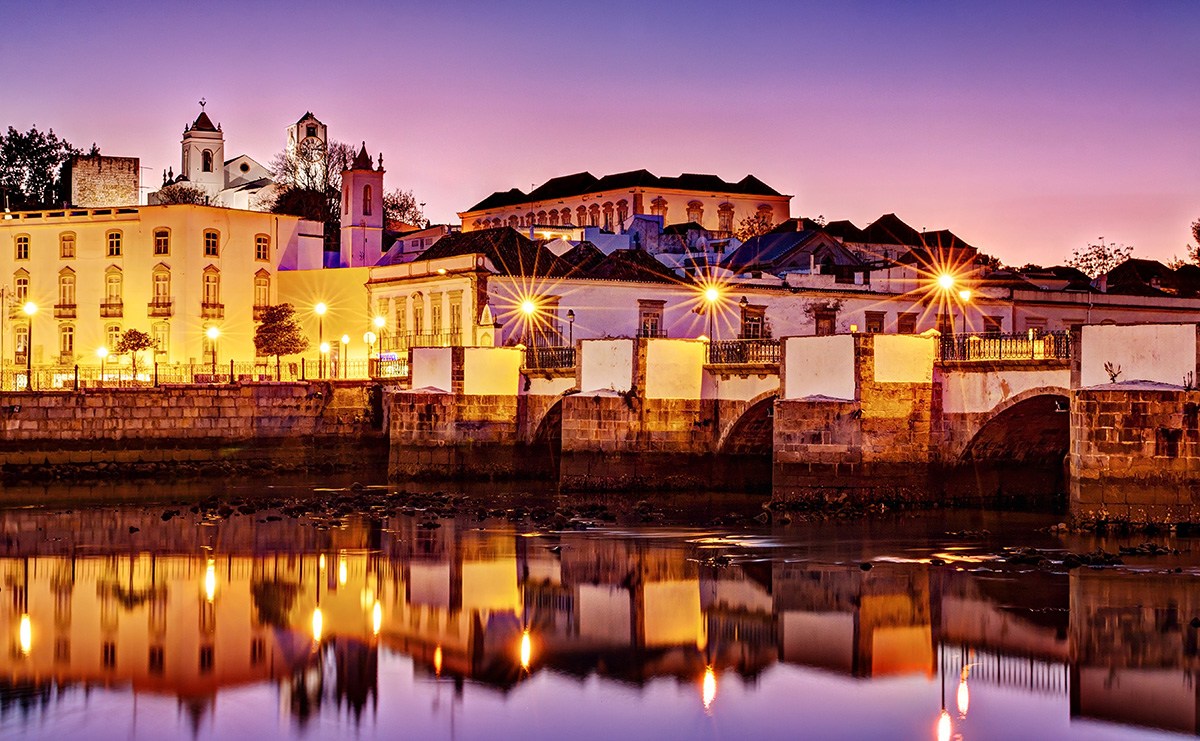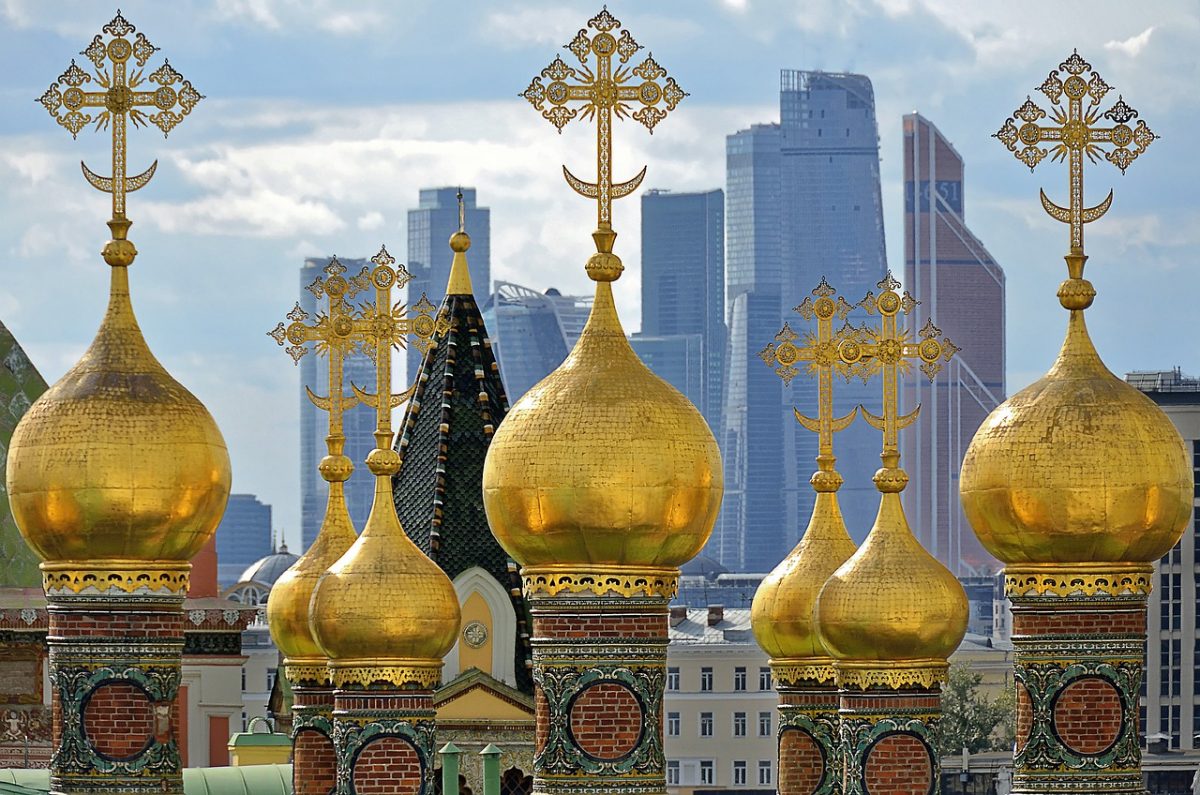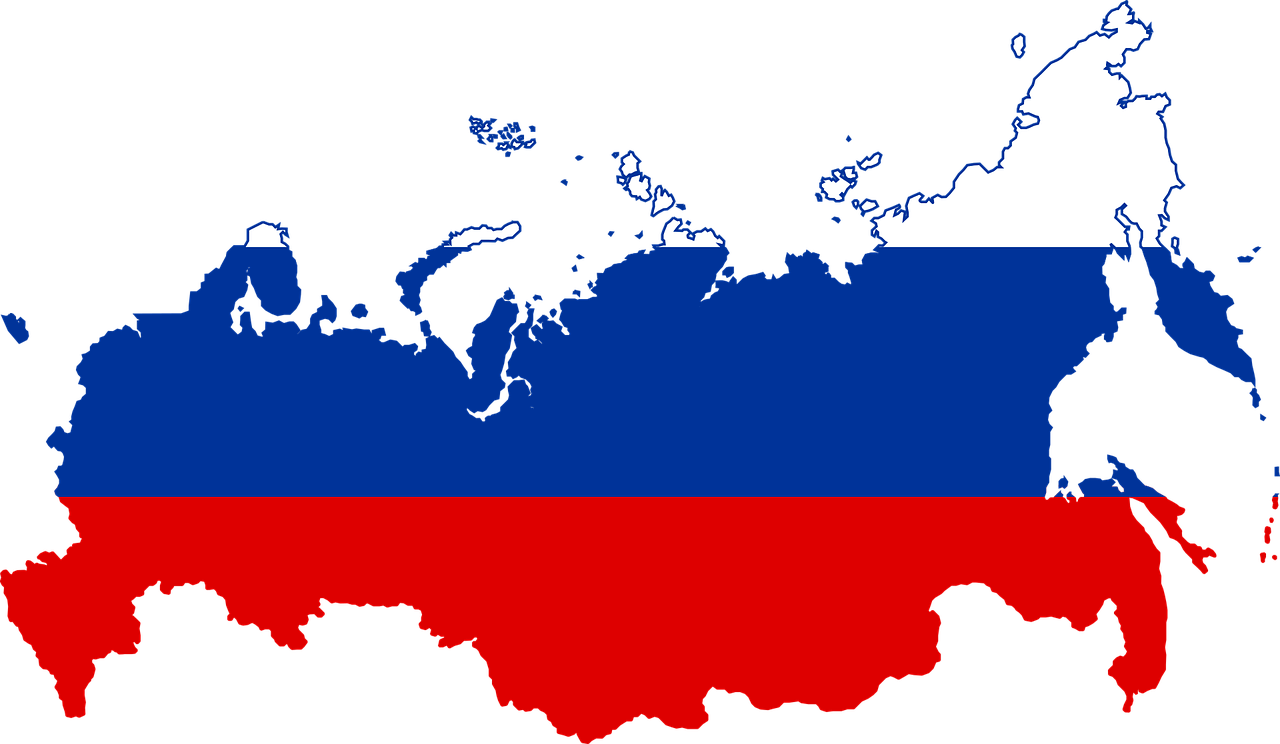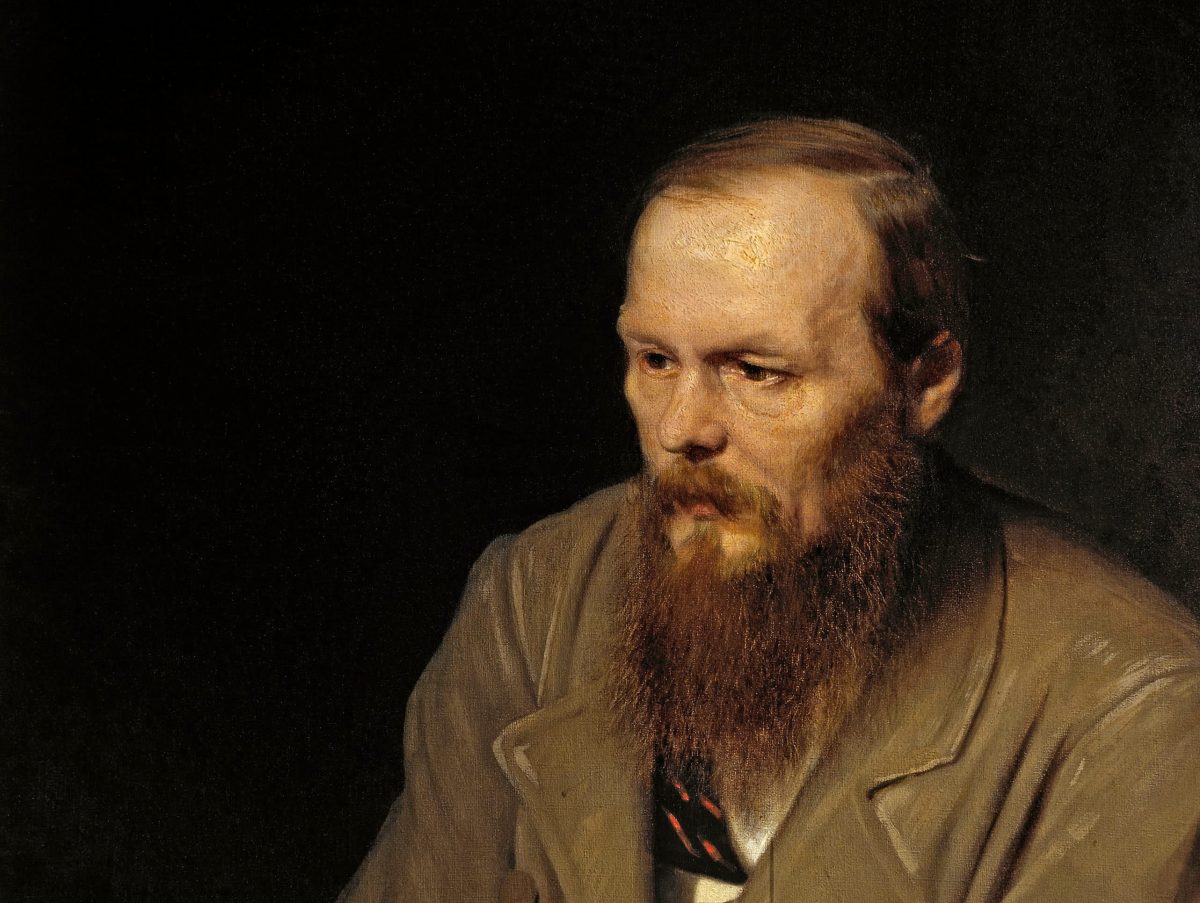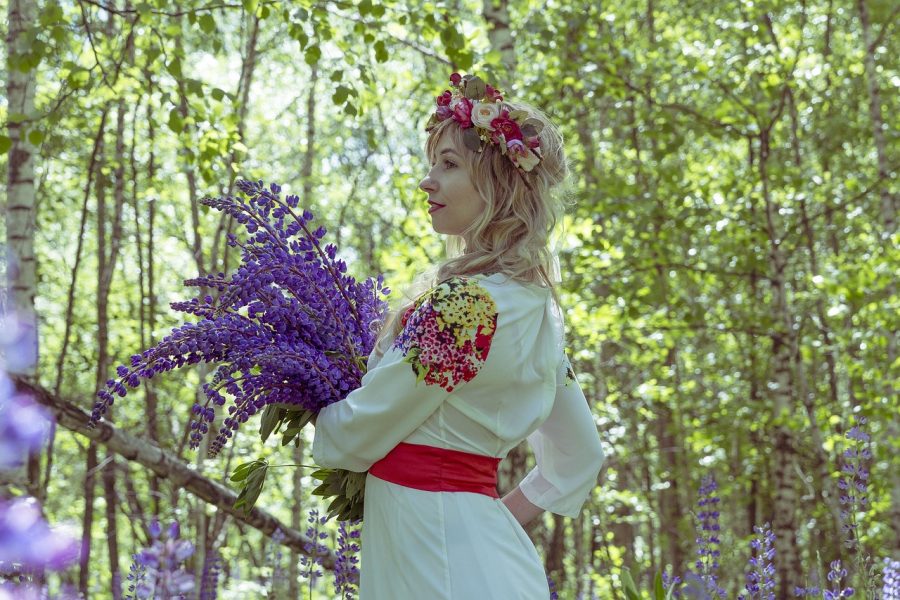Tavira is very seductive, and from the streets along the River Gilão to the castle walls from which you have the best view over the town, it makes you want to discover its hidden corners and unlock its secrets. Nestling within sight of the coast, 30 kilometers east of Faro, charming Tavira is feted as one of the most attractive towns in the Algarve. It straddles both sides of the graceful River Gilão, a broad channel of water that enriches the character of this delightful destination.
An aristocratic air pervades this particular pocket of Portugal. The old town is a collection of elegant, hipped-roof palaces and mansions and a bewildering assortment of churches, chapels, and convents. Dig deeper, and you’ll discover a Tavira shaped first by Roman influence and later by the Moors.
A landmark feature is the old bridge, built in 1667 on Roman foundations. From here, an amble along the riverfront will take you past spruce gardens and rows of swaying palms. Rich Arabica aromas drift from open-air cafés, while restaurants tempt with their line-caught ocean harvest. Colorful fishing boats line the quay, and this is the place to catch a ferry to nearby Ilha de Tavira, or take a sightseeing tour of the Ria Formosa. On the beach, you can join the crowds, or lose yourself amongst the tufted dunes. And later, after dark, Tavira is illuminated, its historical heritage glowing under spotlight.
The oldest bridge, which is believed to be originally Roman, is a 17th century structure with a walled parapet from which you can enjoy a beautiful view over the houses. An even better view is the one you will see by climbing the Castle Tower, arguably the best viewpoint over the town, taking in the undulating roofs, the domes of the churches, the river and the salt pans, right up to the blue line of the sea on the horizon.
In addition to the panorama, the exertion of climbing to the top is rewarded by everything you can admire on the way. For example, when you cross the gate in the wall, you suddenly come across the beautiful Renaissance portal of Misericórdia, one of the Tavira’s 37 churches. You can also visit the Islamic Centre to learn more about the history of the town, or the Municipal Museum, housed in the Palácio da Galeria, its most remarkable building.
A little further up stands the castle and Santa Maria Church, which is on the site of the old great mosque; here is the resting place of D. Paio Peres Correia and the seven knights of the Order of Santiago who led the campaign to conquer Tavira from the Moors in 1242. Nearby, the Church of Santiago was also built over an ancient mosque, the lesser mosque. There are more churches to visit across the river, on the opposite hill, such as the Chapel of São Brás of mediaeval origin, the Church of Carmo, one of the Algarve’s most sumptuous churches, with lavish Baroque decoration, and the simple and austere Church of São Paulo. Ahh… and don’t forget the amazing beaches of Tavira! Discover the best places to visit in Tavira, Algarve!
1. Old Town of Tavira
A crossroads of various peoples and cultures – Phoenicians, Turdetans, Arabs, Jews – it was after the Christian reconquest that a council was established with increasing influence in the kingdom of Portugal. Land of the King and of central importance to the successes of Portuguese expansion to North Africa in the fifteenth and sixteenth centuries, it has grown its political, religious and economic prestige, allowing to develop a remarkable constructive and artistic activity, of which the celebrated example is famous school of Renaissance architecture of André Pilarte, and later, during the eighteenth century, the activity of master Diogo Tavares de Ataíde.
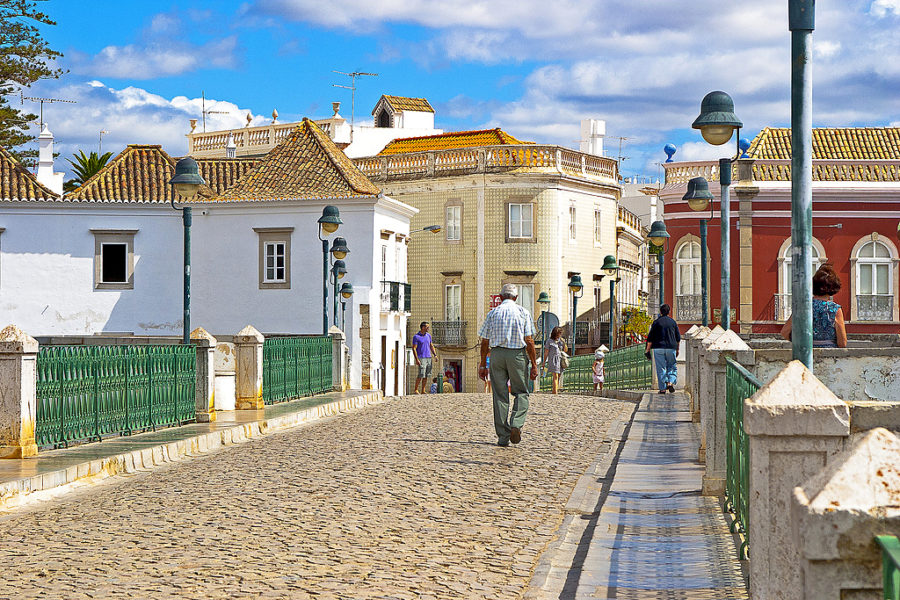
The interchange of different periods and cultural sensibilities marked indelibly the landscape, the urban morphology, the architecture and the art, its artistic development in general. And despite some cyclical calamities – earthquakes, floods, social-political crises – the inheritance has managed to survive, being today an example of a fortified Mediterranean city, on the border of Europe, exceptional for the formal quality, harmony and coherence of some urban spaces, where medieval and Renaissance models converge, with a distinct set of buildings illustrating various times, uses, artistic styles and regional changes.
2. Castle of Tavira
The remains of Tavira Castle are surrounded by a nice garden. From its walls and octogonal tower you’ll get wonderful views over the city. This defensive position dates back to the 10th-11th centuries and was built over the remains of a Phoenician fortress (8th-7th century B.C.)
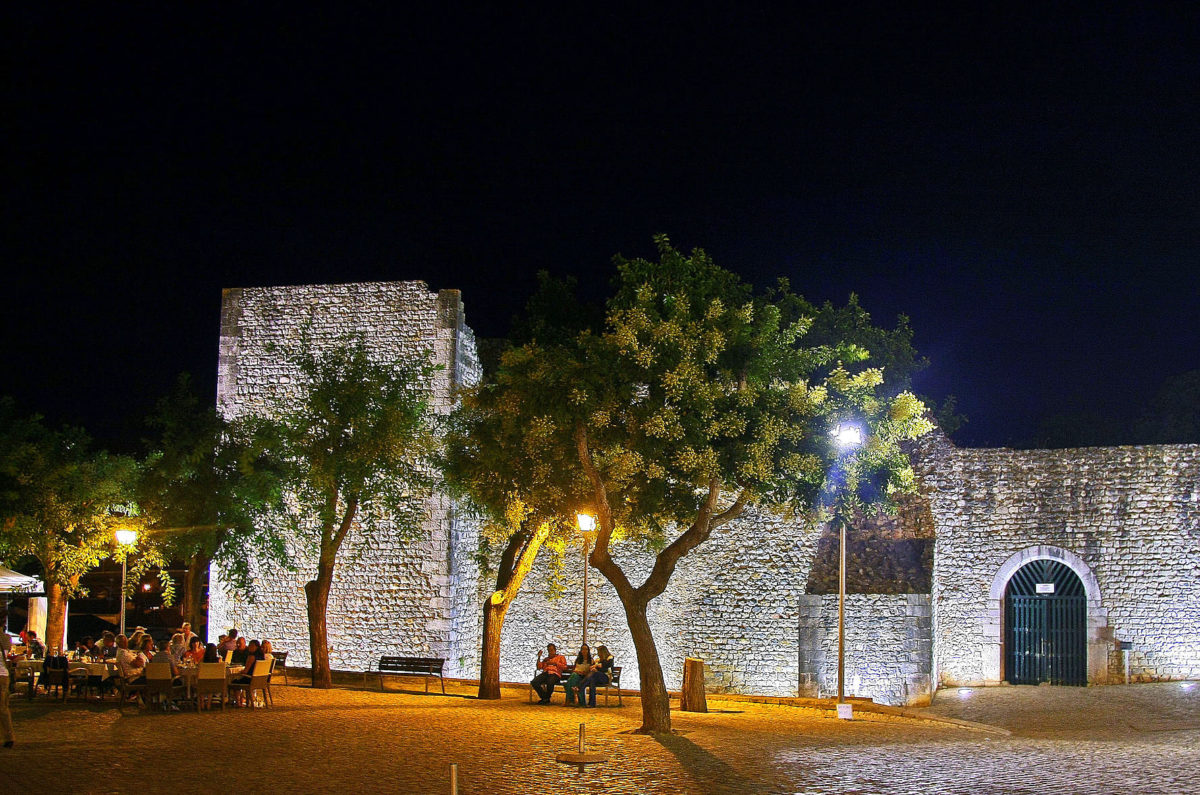
The castle has been refurbished both in Modern and Contemporary times. You must be careful when going up and down, as the walls don’t have stairs or handrail. Next to here, within the walls, is the Igreja de Santa Maria do Castelo Church, and a little further to the south the Igreja de Santiago Church.
3. Pego do Inferno
Pego do Inferno is a natural swimming area with a nice waterfall located on the interior of Tavira. It is one of the most beautiful waterfalls in Portugal, falling on a small deep-green lagoon.
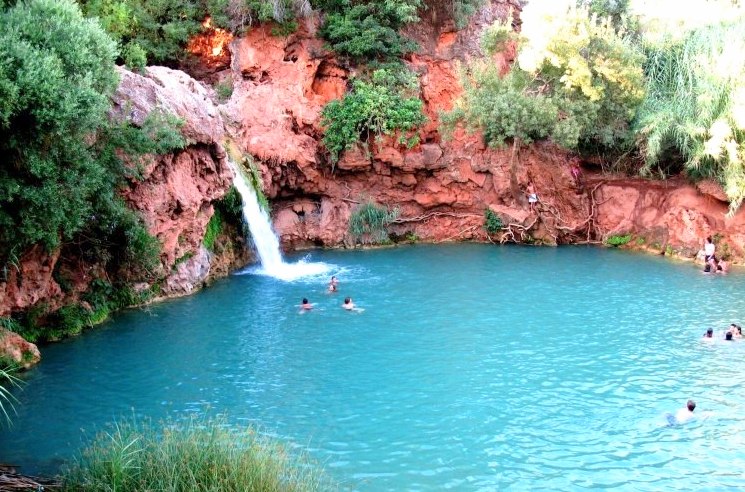
It is perfect for cooling yourself and enjoy its quiet natural atmosphere. The access to this waterfall is complicated, as the stairs going down to it were destroyed some years ago on a fire. This way, the access must be done via a small hidden path.
4. Church of Santa Maria do Castelo
The Church of Santa Maria is a 13th century building in all likelihood built on the site of the former mosque. There were later changes due to the damage caused by the 1755 earthquake. On the façade, the gothic detail clearly stands out; the doorway, decorated with ornamental vegetalist capitals, the ogival window and a small rose window. The clock tower also belongs to the original construction although decorative additions were later made. The unusual positioning of the towers should be noted. Here, they are at the head of the church whereas normally they are at the opposite end.
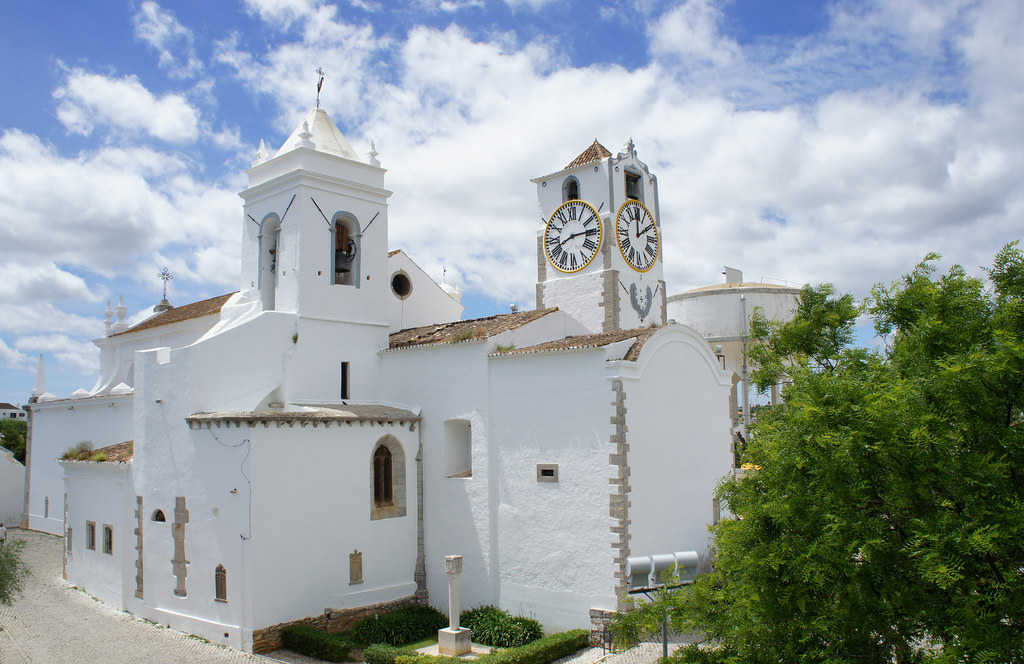
Inside, there are some impressive works of art. In the main chapel, there are the tombs of the seven knights of the Order of Sant´Iago and Paio Peres Correia who conquered the city from the Moors. In the Chapel of Santíssimo (His Holiness), observe the 18th century pictorial tiles on the walls. In the Chapels of Almas (the Souls), an 18th century carved retable features a central high-relief religious icon dated to the 17th century. Finally, in the sacristy attention goes to the 18th century tiling depicting baskets of fruit and vases of flowers. In the sacred treasury, featuring 16th to 19th century gold pieces and religious vestments, special reference has to be made to a rare 16/17th century Japanese bookstand.
5. Church of Misericórdia
Architecturally speaking, this is one of the most valuable of Tavira´s many churches due to the renaissance features on both the entranceway and the interior and unique to the Algarve. The Santa Casa da Misericórdia (Religious Charitable Institution) was founded in Tavira at the beginning of the 16th century. Initially, it took up the lateral chapel of the Convent of São Francisco (Saint Francis). In 1541, André Pilarte, master stonemason and Tavira resident, was ordered to build the Church of Misericórdia (Compassion).
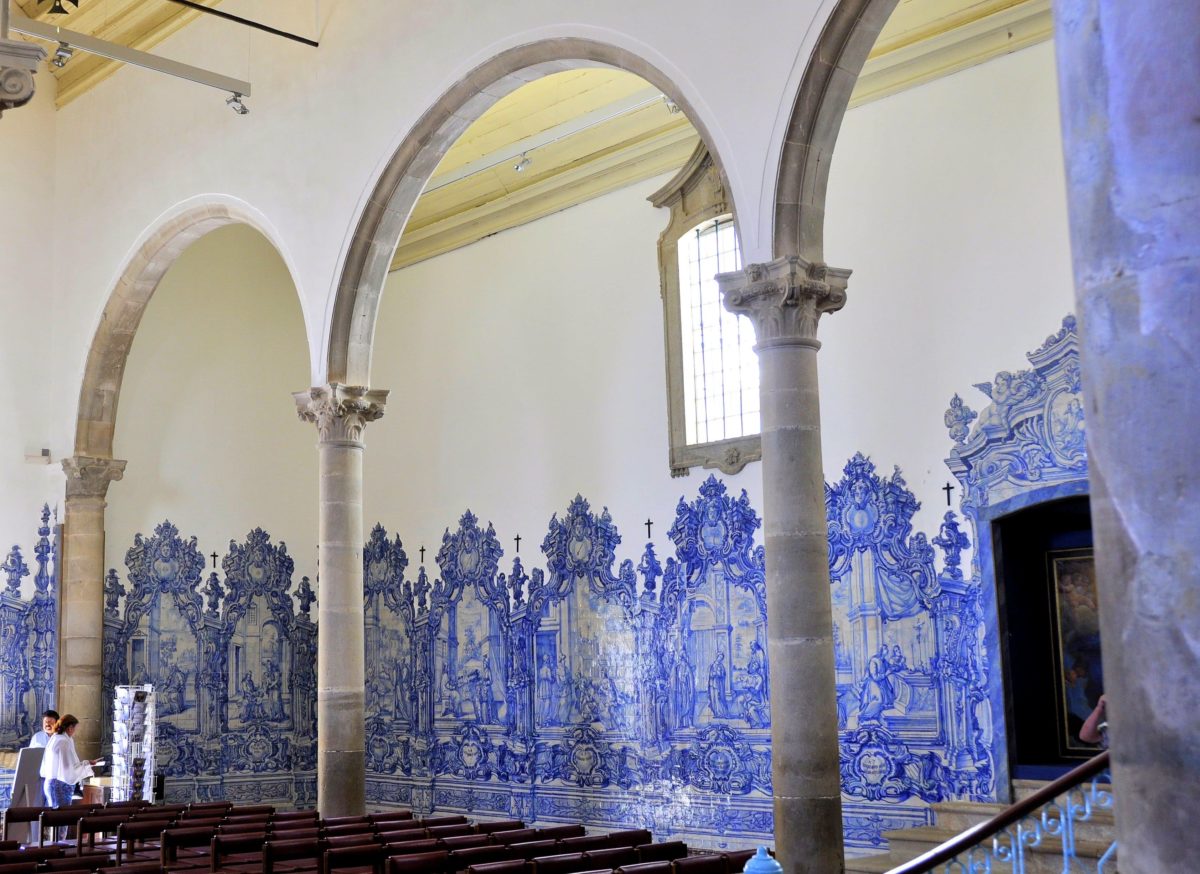
Above the renaissance entranceway, there is a niche with a statue of Our Lady of Compassion, flanked by the shields of Portugal and Tavira and by two high reliefs depicting Saint Peter and Saint Paul. Inside, attention is drawn to the renaissance columns (differentiated by the use of gargoyles for the capitals) and the altarpieces in the main and co-lateral chapels, good examples of gold leafed 18th century carving. On the walls, the 18th century more than holds it own with depictions of the work of Compassion and scenes from the life of Christ. There is also a small adjoining cloister to visit. After the 1755 earthquake, the Church was used by the Matrix through to 1800, when the new Matrix Church of Saint Mary was consecrated.
6. Ria Formosa
The Ria Formosa Natural Park is extended for more than 18.400 hectare with 60 kilometers of extension and it has been considered one of the most beautiful parks in Algarve. This park is constituted by a dune cord parallel to the coast with five sandy islands (Barreta, Culatra, Armona, Tavira and Cabanas). This cord isn’t linearly delimited as nearby you’ll find the saltworks. This area is considered a humid zone with importance and international relevance as it’s an aquatic birds habitat as well as a protected reserve and protected zone.
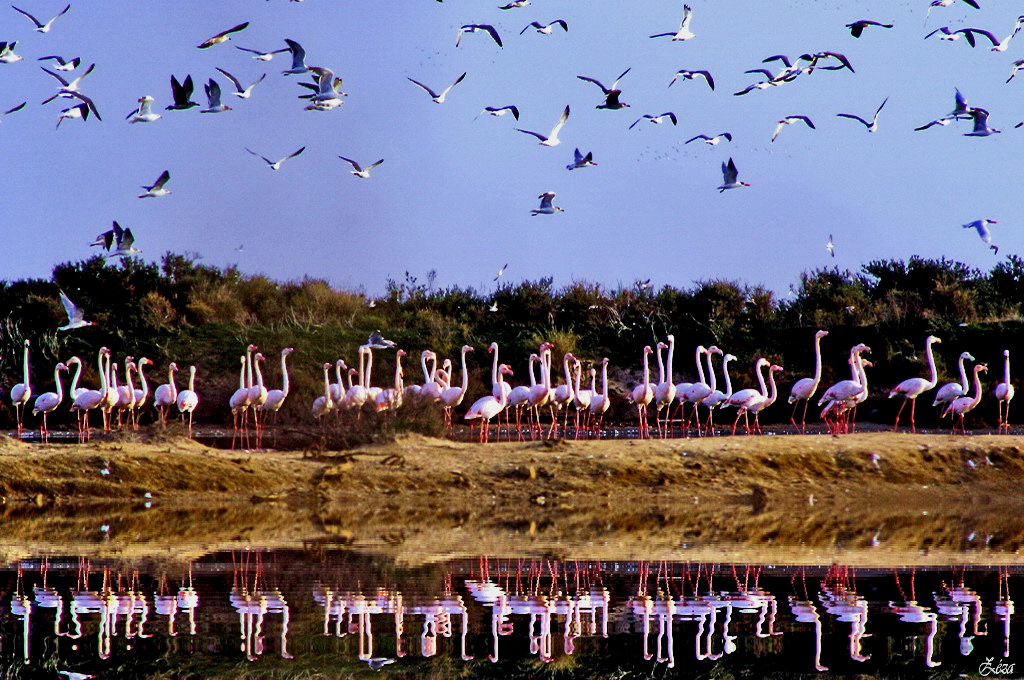
On the islands formed by the natural park of Ria Formosa you might find numerous and beautiful beaches of salty or sweet water with a paradisiacal view, as the Barril Beach (Praia do Barril) or the Praia do Farol Beach. At this park you might observe more than 600 species of plants, 300 species of mollusk, 80 species of fish, 15 species of reptile, 200 species of birds, 20 species of mammals, 8 species of spiders being the most emblematic specie of this park the Sultana Chicken and the chameleon.
7. Barril Beach
The beach of Praia do Barril is located on the Ilha de Tavira, just west of the town. This huge stretch of white sand is one of the quietest beaches on the southern Algarve coast, but this in no way reflects on the beach itself. It is a little wilder than some of the beaches along this coast and the lack of cliffs or any high dunes mean you’ll feel the wind if it’s blowing. One reason the beach doesn’t get too busy is it is a bit of a walk from Tavira itself. Located just across the Ria Formosa from the village of Santa Luzia, Praia do Barrill is around 4-5 km from the town.
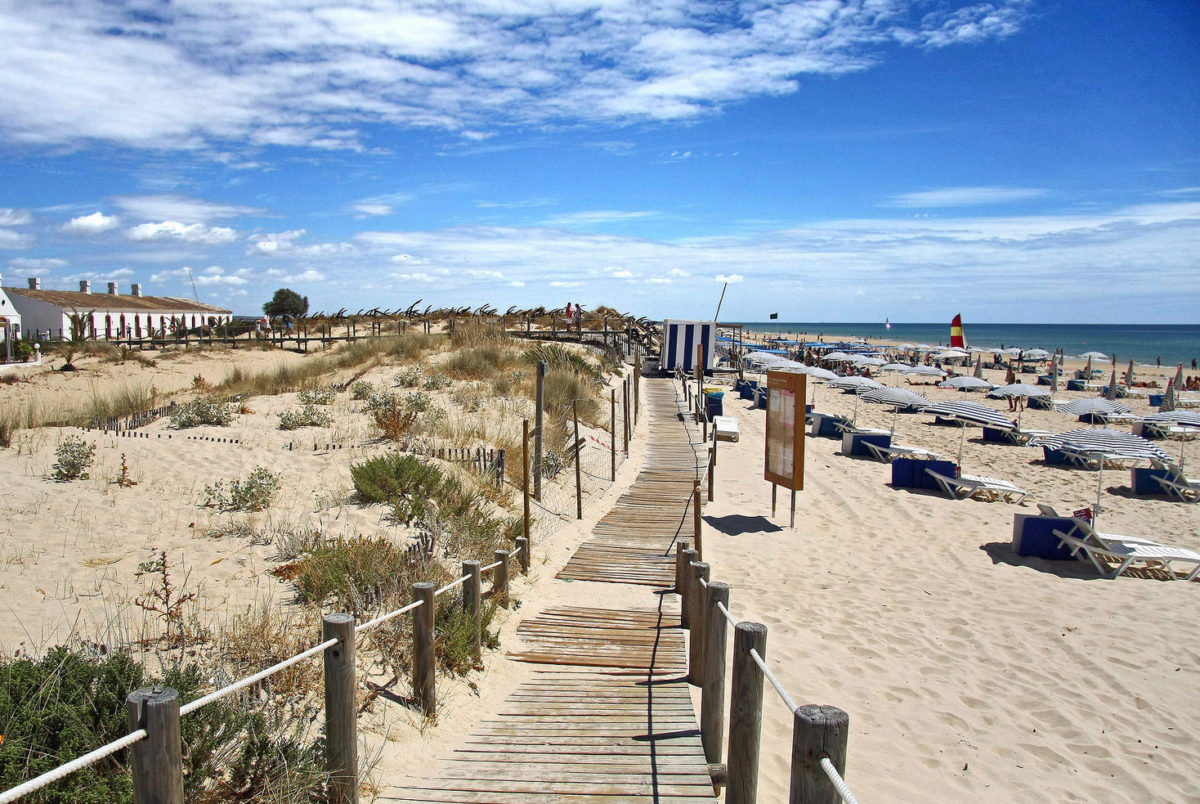
Access is easy and there is a pedestrian pontoon bridge across to the island. However, if you don’t fancy the walk, a seasonal miniature train runs from the Pedras d’El Rei resort. But whilst this may save your feet, it probably won’t save you much time as it doesn’t go very fast! As a Blue Flag award beach, Barril has plenty of facilities, clean water and is lifeguard patrolled in the summer months. At the far western end of the beach is an officially designated nudist zone, one of the few in Portugal.
8. Tavira Island
Tavira Island (Portuguese: Ilha de Tavira) is found South of the city and can only be reached by boat, which departs from the city center and from Quatro-Aguas. The Island is 11Km long and varies between 1Km and 150m width. It’s considered to be one of the best beaches in the Algarve Region, and it includes areas where naturism can be practised without problems. The Island belongs to the Ria Formosa Natural Reserve, which is popular it’s birds and flamingos, a delight for bird lovers. The access to Tavira Island is provided by boats from Quatro Águas peer in Tavira. The parking areas are fairly large and organised.
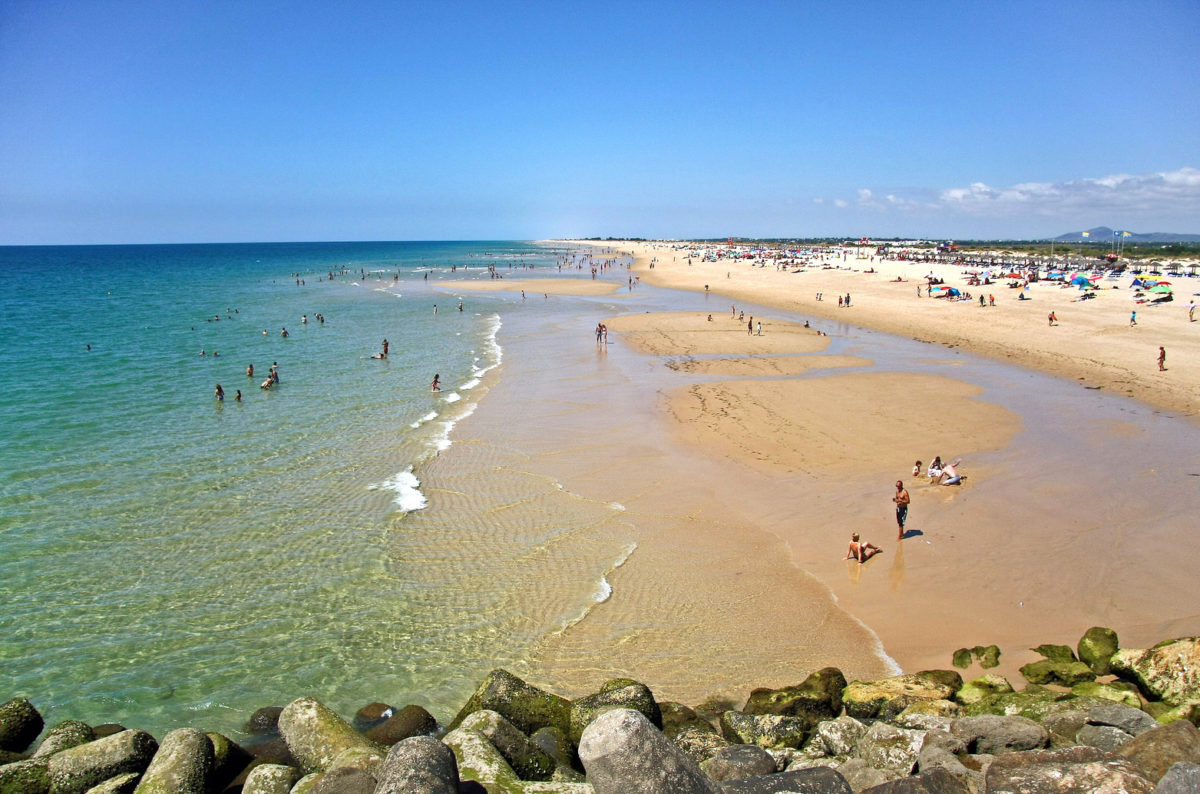
The beach has basic support facilities, like restaurants and toilets, and is supervised during the bathing season. This beach often holds the blue flag, proof of its environmental quality and superiority. The Island includes a Camping Park and restaurants, which makes the place one of the most popular tourism destinies for Camping lovers. There are a small number of houses, usually only occupied by owners, although these houses were built circa 1943, new houses can’t be built and the existing ones can’t be sold.
9. Cabanas de Tavira
To the East side of Tavira Island, you will find the Island and Cabanas beaches, a narrow but long strip of land before the last bar across the river estuary to the East. The beach of Cabanas is situated in front of the village, whose origin goes back to the old days of tuna fishing in this area, and which even today remains a picturesque fishing village. From the waterfront at Cabanas, fishing boats can be seen anchored in the Ria Formosa.
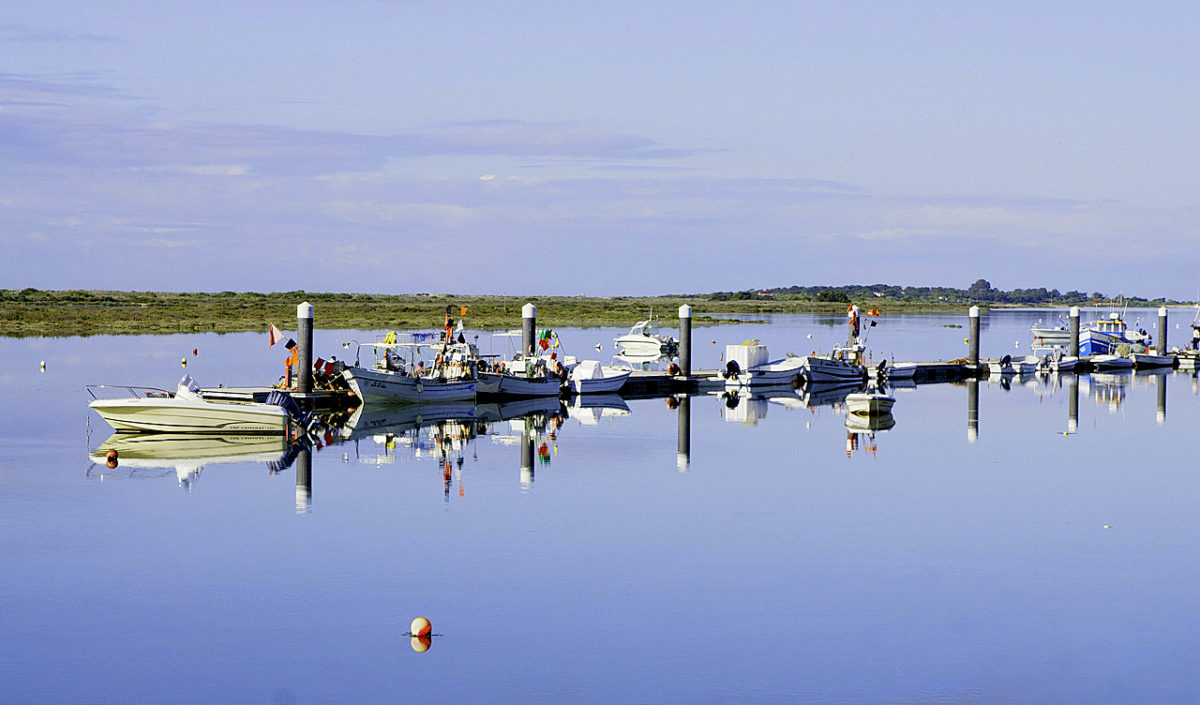
The branch of the Ria Formosa that separates the Island of Cabanas from the mainland is quite narrow and you can cross it by foot at low tide. The preferred means of access is, however, by boat, a journey that only takes a few minutes from Cabanas. Walking along the beach is a pleasant experience and you only have to walk a short distance to be able to enjoy a few moments of peace and quiet and perfect isolation. On returning to Cabanas, you can visit one of the many restaurants along the waterfront and sample the local oysters and clams picked in the nearby nurseries, as well as the various octopus dishes.
10. Carmo Church
The Tertiary Order of Our Lady of Carmel of Tavira (Ordem Terceira de Nossa Senhora do Carmo de Tavira) was set up at the beginning of the 18th century with its place of worship in a Convent of Saint Paul chapel. In 1737, the founding of its own convent in Tavira was requested before temporarily transferring to the Chapel of São Brás (Saint Blaise).
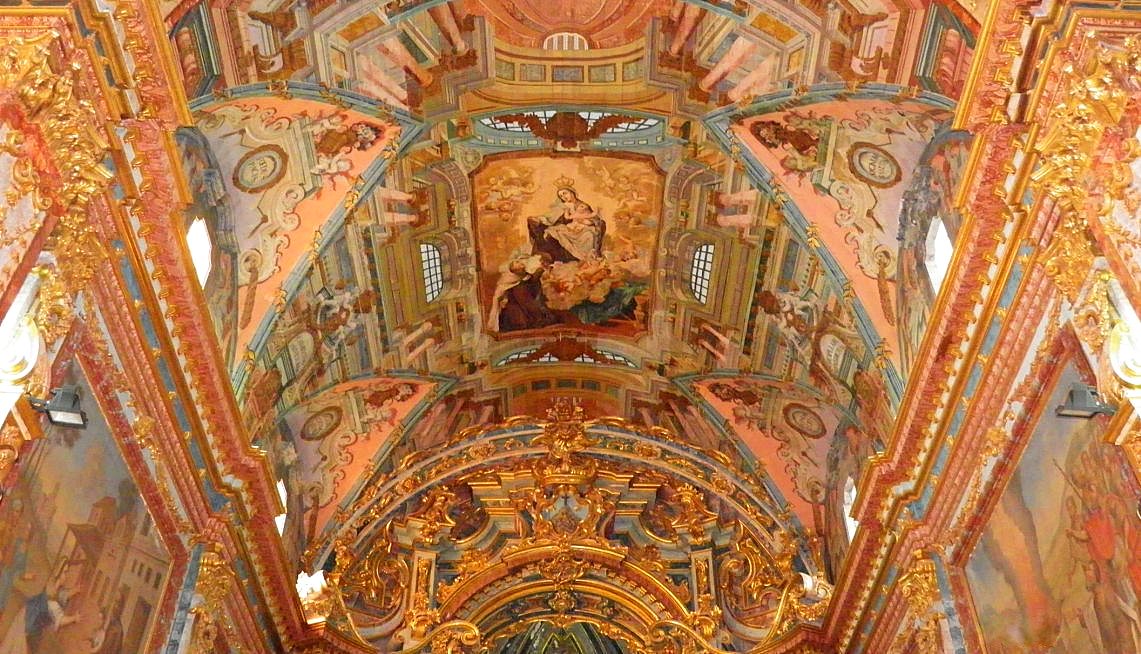
The new convent was built with strong financial backing from the Tertiary Order Friars and eminent local mercantilists. Due to the scale of the initial project, the convent buildings ended up never being completed and part was given over to the Tertiary Order cemetery. On the inside, there are certain baroque and rococo pieces of great artistic value including the carved altarpieces of the main and lateral chapels, canvases, throne and church organ. The Bishop of the Algarve Ignácio de Santa Teresa was buried here after passing away in Faro in 1751.
11. Tavira Municipal Museum
The Museu Municipal de Tavira (Tavira Municipal Museum) is a multi-thematic one divided into several rooms: Galería Palace, one of the best examples of civil architecture in the city; Islamic Museological Nucleus, Cachopo Museological Nucleus, Bairro Almóada Archaeological Nucleus, São Sebastião Shrine, Santa Ana Chapel and Tavira Water Supply Interpretative Centre.
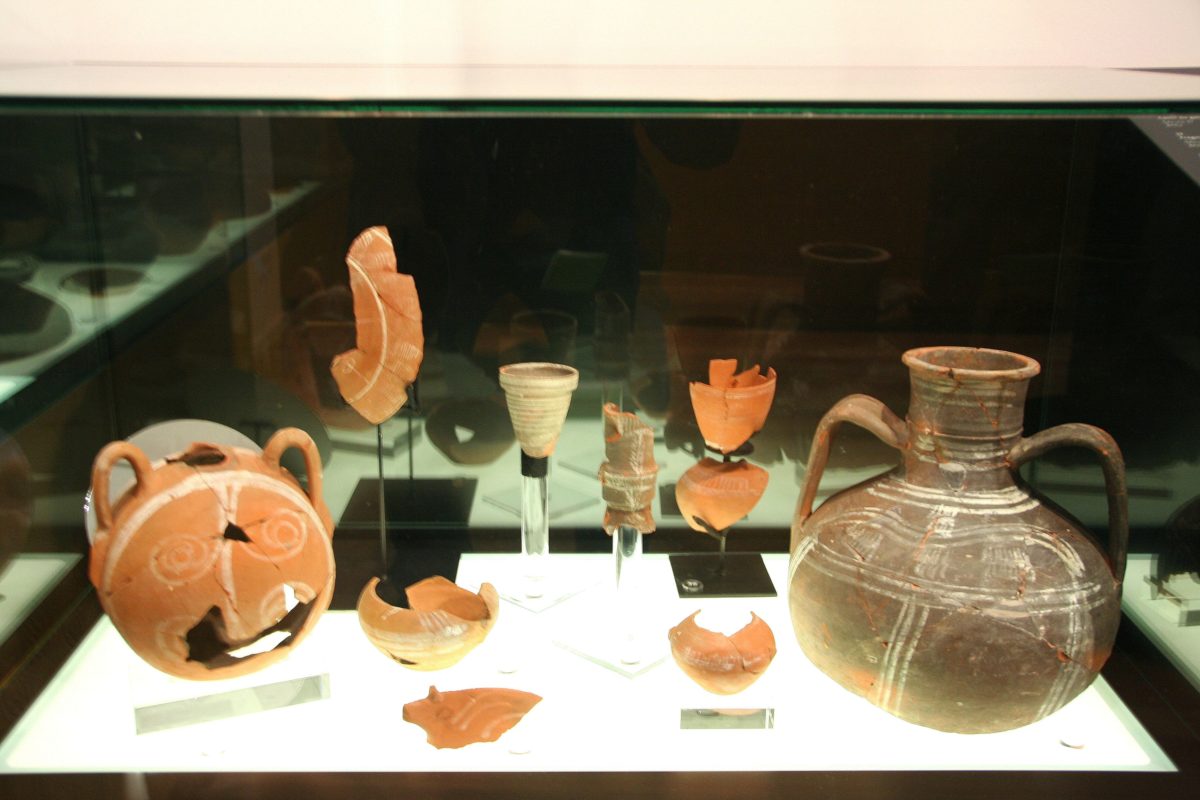
The purpose of this museum is to investigate, preserve, exhibit and promote the heritage of Tavira. It exhibits permanent and temporary collections about painting, sculpture, ethnography, ethnology, religious art, etc.
12. Caldeirão Mountain
The Serra do Caldeirão (Mountain Range) constitutes a border between Algarve and Alentejo and it’s made by shale, its highest peak is in Pelados at 598 meters. Even though it doesn’t have great altitude, this mountain range is very peculiar, with its rounded peaks and a wide network of rivers, channels in an accidented relief, very sought by lovers of different radical sports. The predominant plants are the cork tree, oak tree, arbutus tree, holm oak and palm.
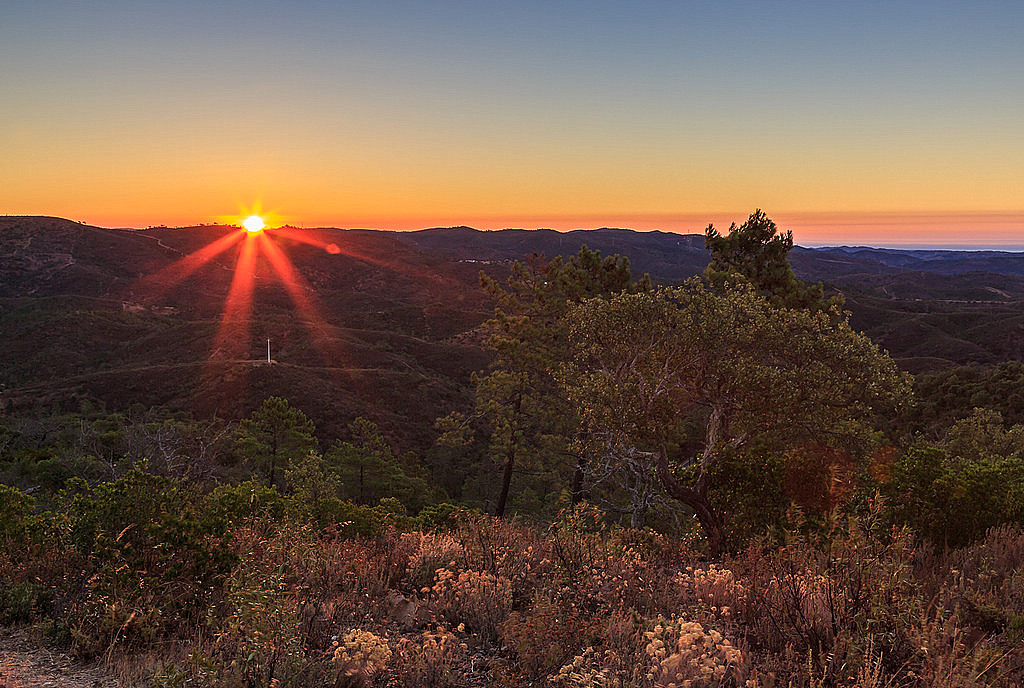
Regarding its fauna there are, in Caldeirão, otters, deers, boars, eagles, storks and many frogs. There are some plant species brought by man to this mountain range as the almond trees, the locust pod shrub and even the orange tree (brought by the arabians). On this mountain range numerous activities are promoted as night hiking, MTB circuits, rallies and much more.
